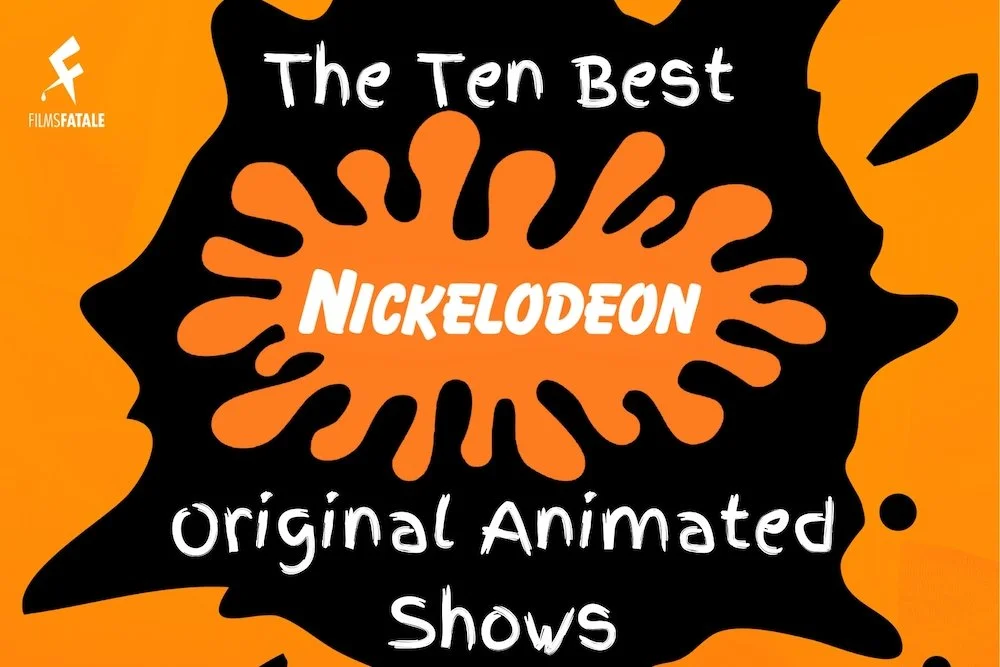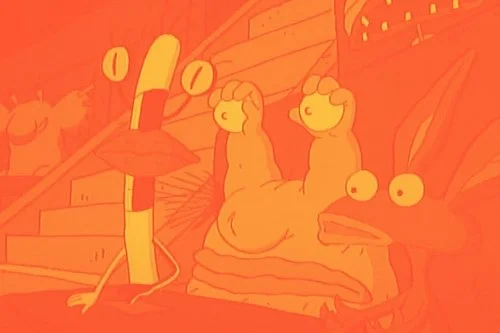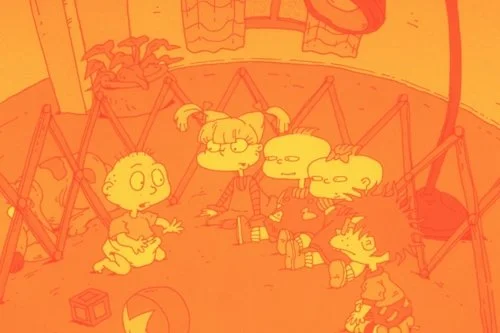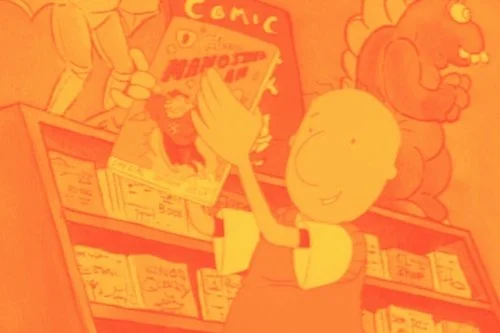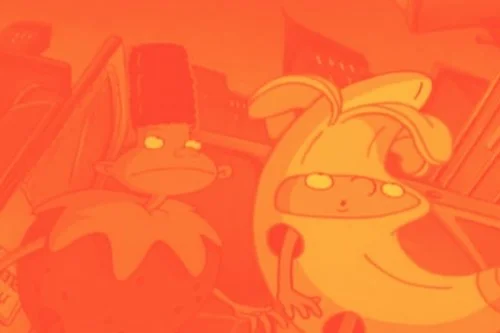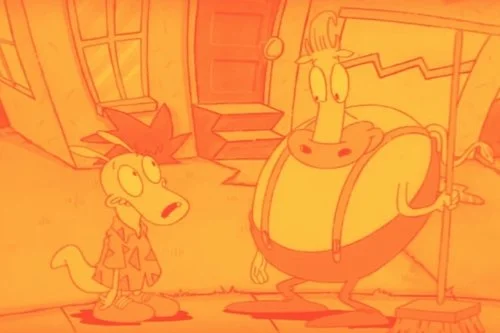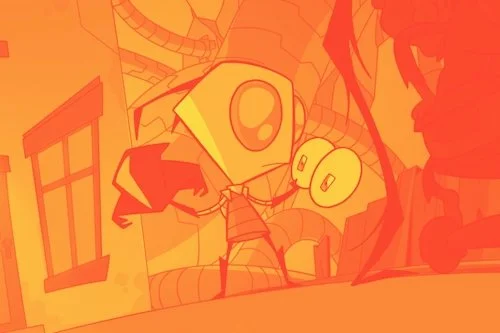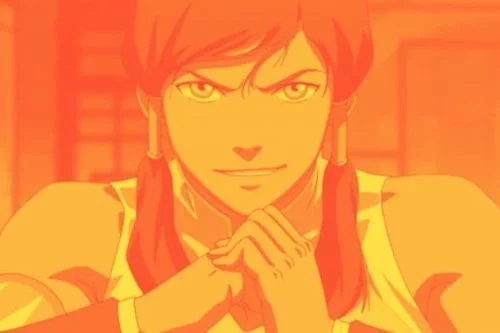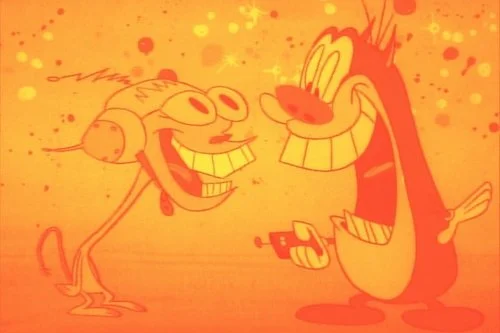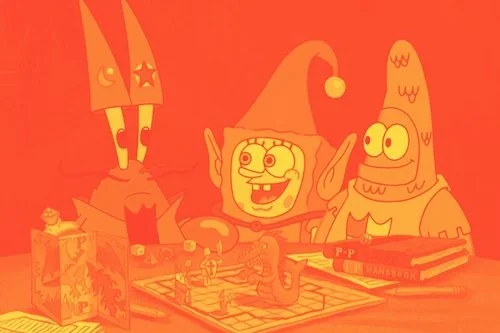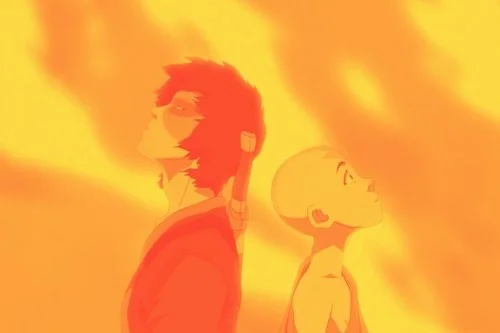The Ten Best Nickelodeon Original Animated Shows
Written by Andreas Babiolakis
August 11th marks a very important day for Nickelodeon. The original cable channel for kids since 1979 was getting a bit of a rebrand to match the off-kilter ways of the nineties and the obsession children had with Saturday morning cartoons (myself included: those were the days) and launched three of its most beloved animated series August 11th, 1991 (more on which those shows are shortly). A lot has changed since, and those that helped set up the Nickelodeon time capsule back in 1992 likely couldn’t have predicted what was to come: the complete dominance of CGI, 3-D animation over traditional, the dawning of flash and computer animation to handle whatever 2D work was left, the onslaught of streaming services, the accessibility of the internet, and so much more. There haven’t been many great Nickelodeon series in quite a few years (animated or live-action, to be honest), so conjuring up a list of what I think are the best-animated series in Nickelodeon’s history is going to be a bit of an exercise in nostalgia, admittedly. So sit back, imagine this list is off of an orange VHS tape in the VCR connected to your square-yet-round television set, and maybe picture some TV static and fuzz while you’re at it. Here are the ten best Nickelodeon original animated shows.
10. Aaahh!!! Real Monsters
Kids may have wanted to grow up quickly and become adults, but what child honestly wanted to go to work every day? None. Aaahh!!! Real Monsters made youngsters' most significant fears (the titular monsters, creeps, ghouls, ghosts, et cetera) fun and tame compared to the true horrors they had yet to face: a mundane life of endless, droning work. Here we see a few creeps in their everyday lives as they attend school to become ready to be full-time monsters. This series acts a bit like a harbinger of things to come before youths reach adulthood and find out what the real world is like for themselves; this acts as a fun, true-enough precursor, mind you.
9. Rugrats
Admittedly, Rugrats seems a bit more annoying in hindsight as an adult with all of these babies reaching peak levels of shrill and lively at quite a frequent rate, but even when I take my rose-coloured glasses off, I think there’s an element of importance here. Cartoons are for kids, sure, but they could also be for even younger audiences who don’t quite have a grasp on what the world really is like. When it was one of the three animated shows that kicked off a new wave of Nickelodeon, Rugrats made the channel’s youngest audiences feel heard, whether it reflected their fascinations, fears, or other unattended concerns about reality in its own way. As in-your-face as the kids can be, I don’t care. Rugrats has a place in my heart and I will always cherish the many hours I watched as a child.
8. Doug
The most mature of the three animated series launched August 11th, 1991 (well, maybe the least juvenile, let’s say), Doug may seem a bit more of a drag compared to its peers, but it does feel like a precursor to both 2000s animation and sitcoms, doesn’t it? It is more quirky than it is funny (despite the protagonist’s last name), and it focuses more on the peculiarities of everyday life through the eyes of a tween that will soon be embracing high school (but is too old to fit in properly with the youngsters in elementary school). Obviously targeted to older kids that maybe didn’t want the zaniest shows, Doug felt like the bridge between bonkers cartoons and much tamer programming. It had a nice run on Nickelodeon for four seasons before being picked up by Disney and ABC for a couple of years more but its original run is stronger in my opinion.
7. Hey Arnold!
Originally a claymation character from shorts made for Pee-Wee’s Playhouse no less, Arnold Shortman got his own offshoot series once crew member Craig Bartlett began working on an animated series. Hey Arnold! is the result and it’s a little bit Doug with the demographic and tone but with some extra Nickelodeon charm to spice things up. The end result is a series that lasted five seasons and eight years as a staple of the channel, one that saw the programming of old wash away for the series that were to come in the twenty-first century. This show makes sense right at the end of the nineties: a slice of growing up in a time when everyone (kids included) were excited to see what the new millennium would hold. Instead, Hey Arnold! is one of the last — and best — of its kind: animation that was fun, interesting, and lively when we took it for granted.
6. Rocko's Modern Life
The Ren & Stimpy Show may have been too much for some (okay, many) kids, so it was wise for Nickelodeon to make a lighter version of such a series. What we got is Rocko’s Modern Life: a tamer-yet-still-nutty series (having a theme song by The B-52’s certainly sells the latter point: this is still going to be an off-the-wall show). With the occasional joke that is too mature for kids to understand (maybe for the best), Rocko’s Modern Life dialled down the antics a wee bit with its likeable characters, including the titular wallaby that seemed to fit in nicely with the nineties’ obsession with having Australian animal characters (see Crash Bandicoot for starters). Additionally, while Rocko’s Modern Life didn’t quite make a dent in Nickelodeon’s legacy like some other series, it was a platform for the show’s creative director Stephen Hillenburg who would go on and accomplish great things later (while whisking away cast members Tom Kenny and Mr. Lawrence to boot).
5. Invader Zim
Right before the major drop-off that animation would experience in the new millennium, there was a weird period where the industry was trying to figure out where it wanted to go. Caught in the midst of this miasma is Jhonen Vasquez’s Invader Zim, released right when Hot Topic was still what it once was (perhaps the death of Myspace caused it to lose its way?). While cancelled prematurely with fewer than thirty episodes, Invader Zim was an instant cult classic for its warped and dark animation, twisted humour, and what felt like an animated series for the teenagers that grew up on those nineties Nickelodeon favourites and wanted something a little more for older audiences. It’s a shame we’re not trying this experiment again: we may get fresher, more interesting animated series if we were.
4. The Legend of Korra
Once Michael Dante DiMartino and Bryan Konietzko pulled off the impossible with Avatar: The Last Airbender, they were graced with the ultimate win in television: the opportunity to create another show off of the success of a masterful, beloved series. The result was The Legend of Korra which aimed to go even further than The Last Airbender with themes and relationships not yet explored in youth programming before. With the reincarnated Avatar — now Korra — having some major shoes to fill, her affiliated series does a sterling job of maintaining its own identity whilst continuing what made the predecessor series so strong in the first place; this certainly cemented DiMartino and Konietzko as two of the greatest creative minds in both animation and children’s television.
3. The Ren & Stimpy Show
The most offensive and anarchistic show to debut on August 11th, 1991 is somehow the one that became the most influential. The Ren & Stimpy Show picked up on the ADHD-inducing tendencies of the small screen and the propensity for programming to have morals or messages for kids from the previous decade; it defecated on having any responsibility and opted to be as chaotic as possible. The result is the tempered chihuahua Ren and the naively idiotic cat Stimpy: two constant forces that bring out the worst in each other. With many episodes that took kids further than any other show did at the time (I’ve forever been traumatized and affected, I suppose), The Ren & Stimpy Show was unvarnished, imaginative, relentless animation that paved the way for good. Once you see a show this impossible to contain, you know the sky’s the limit. Such was the case for many animators that followed in these footsteps.
2. SpongeBob SquarePants
While SpongeBob Squarepants is to Nickelodeon what The Simpsons and South Park are to Fox and Comedy Central respectively (an animation juggernaut that these companies refuse to let die as to not lose their primary sources of income), it had a hell of a golden run those early years. Stephen Hillenburg combined his animation expertise from Rocko’s Modern Life and his education in oceanography to make one of the largest animated series in existence: a nonsensical, hectic, hilarious show about a sea sponge (well, one that looks more like a kitchen sponge, to be fair) and those closest to him (whether they like this or not). The first three seasons (I’ll toss in season 4 just because) are some of the funniest in all of TV and they arrived at the perfect time when the new millennium brought us a then-blossoming internet (whose sick sense of humour was exactly like SpongeBob’s) and a question of where animation would go next. SpongeBob SquarePants was the hyperactive, surreal answer; it’s a shame that most animated shows (including SpongeBob itself) have lost sight of why these lovingly-created early episodes worked so well.
1. Avatar: The Last Airbender
Unquestionably the greatest children’s show in existence. If SpongeBob SquarePants wanted to see how far the creativity behind cartoonish antics could go, then Michael Dante DiMartino and Bryan Konietzko were far more interested in pushing the envelope in a different way: how seriously can animation treat its younger audience? While still a lot of fun, Avatar: The Last Airbender has brilliant storytelling for starters, with beautiful animation to boot. The eyes of children were opened up to some real-world issues like colonialism, genocide, and the issues surrounding a kid coming-of-age, all while telling the tales of elemental nations whose scopes and ambitions felt like the then-new Lord of the Rings series (but now for the small screen). As detailed and carefully crafted as it is artistically exquisite and narratively jaw-dropping, Avatar: The Last Airbender didn’t burn out once. It was acclaimed upon release, and it remains an animation masterpiece today. With the current state of how animated series are churned out, it breaks my heart that we may not see a show as brilliant and stunning as Avatar: The Last Airbender for quite a while (if ever).
Andreas Babiolakis has a Masters degree in Film and Photography Preservation and Collections Management from Ryerson University, as well as a Bachelors degree in Cinema Studies from York University. His favourite times of year are the Criterion Collection flash sales and the annual Toronto International Film Festival.

